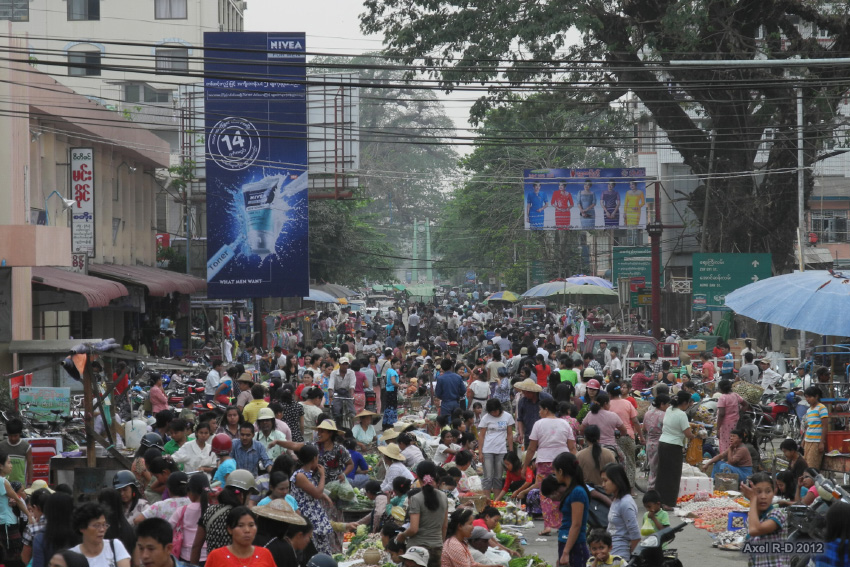Two tiny birdlike wings likely belonging to a dinosaur that lived 100-million years ago have been found trapped in a piece of amber on sale at a market in Kachin state, northern Myanmar.
Scientists made the startling discovery in Myitkyina, the state capital, just in time: a jewelry designer intended to transform the piece into a pendant named ‘Angel’s Wings,’ according to National Geographic.
The wings probably came from enantiornithes, bird-like dinosaurs that died out around the end of the Cretaceous period, a study published in this week’s issue of Nature Communications reveals.
When researchers analyzed the piece they found not just feathers but bone structure and soft tissue.
“It is a real angel,” study co-author Lida Xing from the China University of Geostudies, who nicknamed one of the samples ‘angel,’ was quoted as saying.
The findings apparently indicate that the style of bird plumage – layers, patterns and arrangement of feathers – seen in species alive today can be dated back to their very early predecessors.
“The biggest problem we face with feathers in amber is that we usually get small fragments or isolated feathers, and we’re never quite sure who produced [them],” study co-author Ryan McKellar from Canada’s Royal Saskatchewan Museum, told National Geographic. “We don’t get something like this. It’s mind-blowingly cool.”
Agreed.
Mines in Kachin state’s troubled Hukawng Valley, controlled by the Kachin Independence Army, are a fertile source for fossils preserved in amber, according to the report. Researchers say amber from Myanmar may contain the widest variety of both animal and plant life dating back all the way to the Cretaceous period, which as we all know is a very long time ago.
“About 70 per cent of the Burmese amber is barren, but the other 30 per cent features phenomenal biodiversity,” said David Grimaldi, curator of invertebrate zoology at the American Museum of Natural History. “Never, ever would I have predicted this level of diversity.”
As most amber from Myanmar is used in jewelery, fossils are often considered impurities and may be destroyed during polishing, according to the report. Feathers, however, are considered valuable and are often cut and polished, though little care is giving to preserving the whole specimen.
Xing said he plans to set up a center for researchers in Myitkyina to check amber from the mines, and study samples from the Cretaceous period.





Reader Interactions